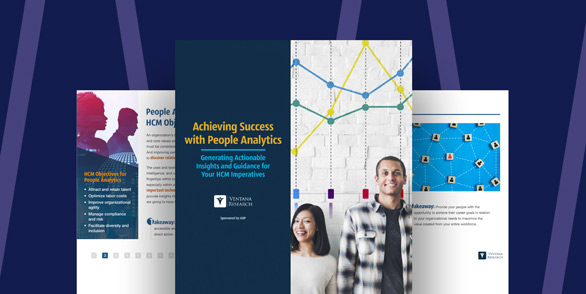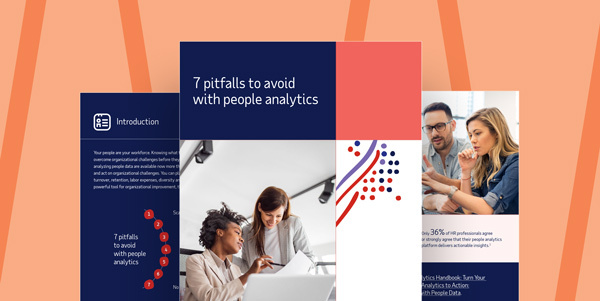HR has a tremendous responsibility to keep an organization running, yet budget and resources tend to go to revenue-generating functions, such as sales. This paradigm, however, is changing due to technology.
The combination of real-time data, people analytics, financial information and practical tools puts HR professionals in a great position to understand the big picture. They know what’s working and what’s not and can answer key questions for leadership. So, while HR may not generate revenue, it can help organizations save money, improve talent acquisition and advance diversity, equity and inclusion (DE&I) initiatives.
HR as strategic business partner
When you combine real-time people analytics with financial data, you can provide senior leaders with strategic advice that impacts the bottom line. For example, you can track how labor expenses correlate to the budget at any point instead of monitoring year-over-year costs. This level of insight allows you to identify trends quickly and adjust tactics accordingly.
Strategic recruiting
Data and technology can also help you meet your organization’s current and future talent needs. You may be able to track key recruitment metrics, like application completion rate, interview-to-offer rate, new-hire turnover rates and more. With accurate, real-time analytics, planning is more manageable and you know what must happen to have the right people when you want them.
Strategic DE&I
Making people analytics part of your talent strategy provides you with clear insight into your workforce demographics as well. You can explore where people are at different levels of the organization – where they start, progress and drop out. Additionally, you can benchmark your data against other organizations by industry or geographic area to see how your demographics compare to the market.




